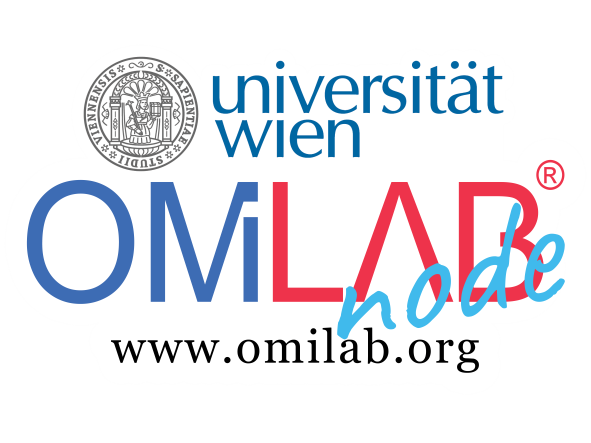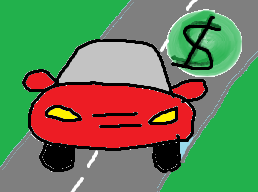Use Case
Considering various existing car-sharing services, we see concepts in which both the pricing and the payment process take place prior to the departure. Thus, a customer is offered a fixed price in advance, mainly depending on the choice of his car. Other factors which influence the quality of the provided service such as the damaging or soiling of the car through the customer are not considered unless they are reported by the next customer. Therefore, our idea is based on an approach in which a price adjustments can still take place after the customer finished his ride and in consideration of further influencing factors. Unlike in previous concepts, the additional factors are analyzed automatically and autonomously using semantic technologies instead of being dependent on manual reports of additional customers. The integration of a subsequent price adjustment under consideration of autonomous technologies enables the service provider to guarantee a high quality of service.
Experiment
For demonstrating the use case of dynamic pricing(charging) combined with the use-case of group G10 (personalized routing) as a setup we chose to go with the provided StreetLayout in the GitLab repository. The main cyber-physical-system in the experiment is the mBot with an attached RGB-LED module.
The procedure during the experiment is as follows:
- To simulate different ride requests by different users, we first add rides within the Beeup Model. This creates a stack of rides that the mBot stores and matches dynamically, if the rides have same origin ans same destination and the combined number of passengers does not exceed 4 people, as this is the max number (that we defined) that fits into the mBot.
- After starting the main sequence in BeeUp the mBot reads the first ride in the stack and asks for preferences in terms of sightseeing, safety and speed. It also has input parameters for environmental factors like the weather and if there is a demo on the route.
- Based on these variables the mBot chooses the optimal route to bring the passengers from A to B.
- After that the mBot drives from the start point to the origin of the first ride.
- There the customer enter the mBot, which is indicated by numberCustomers shining green LEDs on the LED module.
- The mBot then drives to the Destination of the current ride and the customers exit (The LEDs go out).
- When the mBot recognizes a price changing event during the ride, the LED module flashes a few time and the mBot honks.
- If the event is price raising: LEDs flashing red.
- If the event is price lowering: LEDs flashing green. (not included in current version, as there were no fitting objects in recognition model. This would require to train the object recognition model on different objects.)
- After finishing a ride, the mBot calculates the final price for the individual passengers based on how many passengers did participate in the ride, and on the events that occurred during the ride.
- Afterwards mBot gathers the next ride from the stack and repeats the previous steps.
- When all rides are finished, the mBot returns to the starting point.
Results
The result of the experiment is an implemented semantic approach to dynamically determine prices based on the actions of the mBot, the route and the passenger. External influences, such as forgotten objects or pollution, are evaluated. In addition, the passenger can determine whether the fastest, cheapest or a sightseeing tour should be chosen based on assigned prioritizations.

